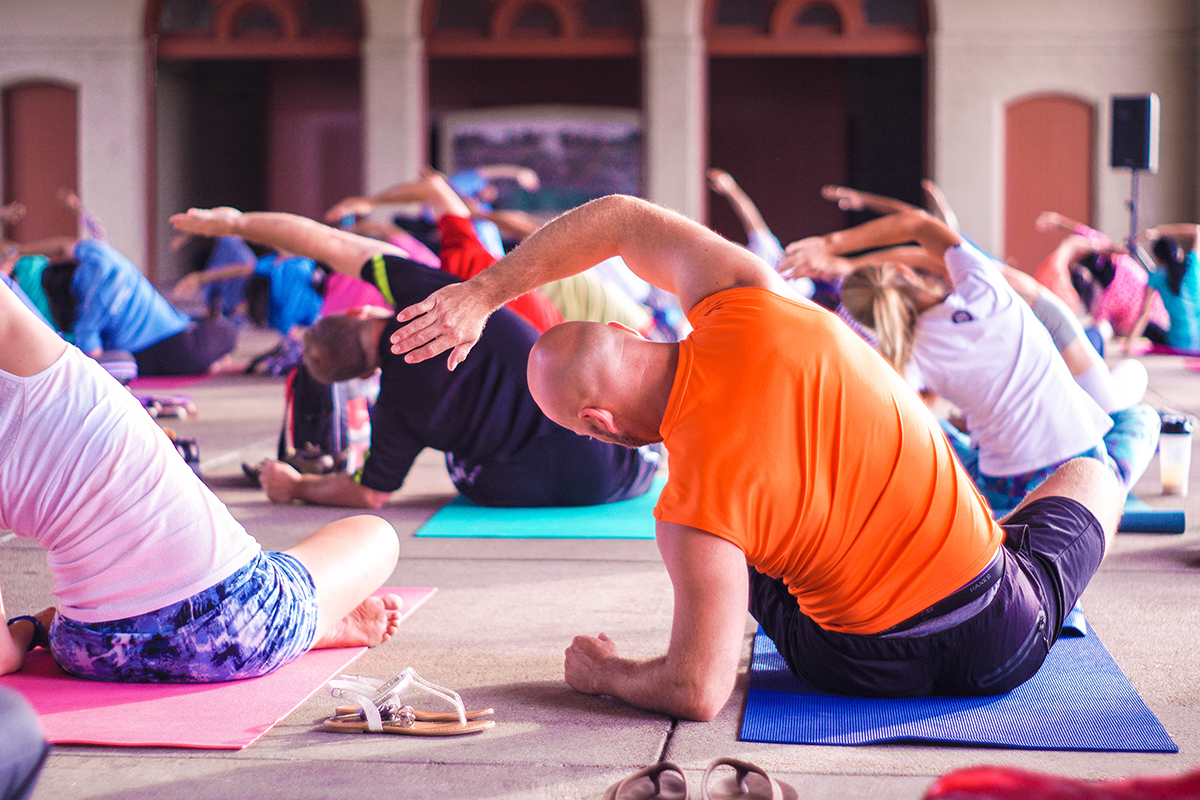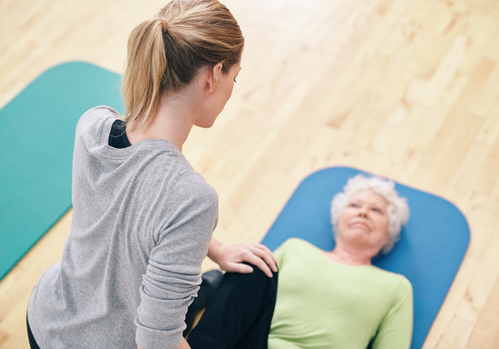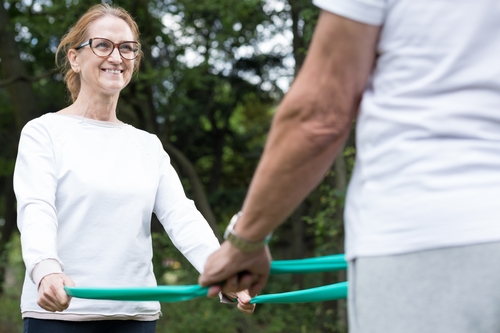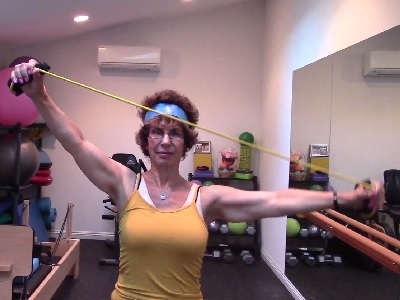Paving the Road to Hell with Good Intentions
Going bigger is not necessarily better.
Many of us have the very best intentions with our health. We try to eat right, exercise, take supplements, make choices we deem to be healthy. However, we frequently think more is better: more restrictive with our food choices, more intense workouts, more supplements.
Let’s examine our choices from the perspective of inflammation.
What is Oxidative Stress?
Oxidative stress (OS) is an imbalance of free radicals and antioxidants in the body. Simply summarized, oxidative stress is electron thievery. Electrons are stable when coupled. Single electrons, called free radicals, scavenge the body to seek out other electrons to couple. It really is a wicked dating scene inside our cells!

Long-term oxidative stress damages the body’s cells, proteins, and DNA. OS strongly contributes to aging and is accepted to be the root of chronic conditions including diabetes, cancers, heart and vascular disease, depression, neurodegenerative disease, arthritis, Alzheimer’s, insulin resistance, IBD… more and more of our chronic issues are being linked to oxidative stress, as it can lead to chronic inflammation, to chronic illness.
Sources of Oxidative Stress
OS has both endogenous (from within) and exogenous (from our world) sources.
Endogenous: Cellular metabolism. Energy production happens in the mitochondria of our cells. Our currency or energy is ATP (adenosine triphosphate). OS is a natural by-product of ATP. When do we produce more ATP?
The body’s natural immune response can also trigger OS temporarily.
Fat cells create OS.
Exogenous: Exposures in our environment and lifestyle choices: alcohol, smoking, cell phone, EMF, environmental pollutants, many chemicals in our food and on our clothing, processed foods, sugar.
Chronic Diseases Continues to be on the Rise
Our inner antioxidant system was not designed to manage our current barrage of OS from our environment and lifestyle choices. According to the WHO, chronic disease is on the rise worldwide. Our levels of OS and chronic inflammation are also dramatically on the rise. An aging population and changes in our environment and our lifestyle choices are contributing to this steady increase. By lowering OS, we have a better chance of staving off illness.
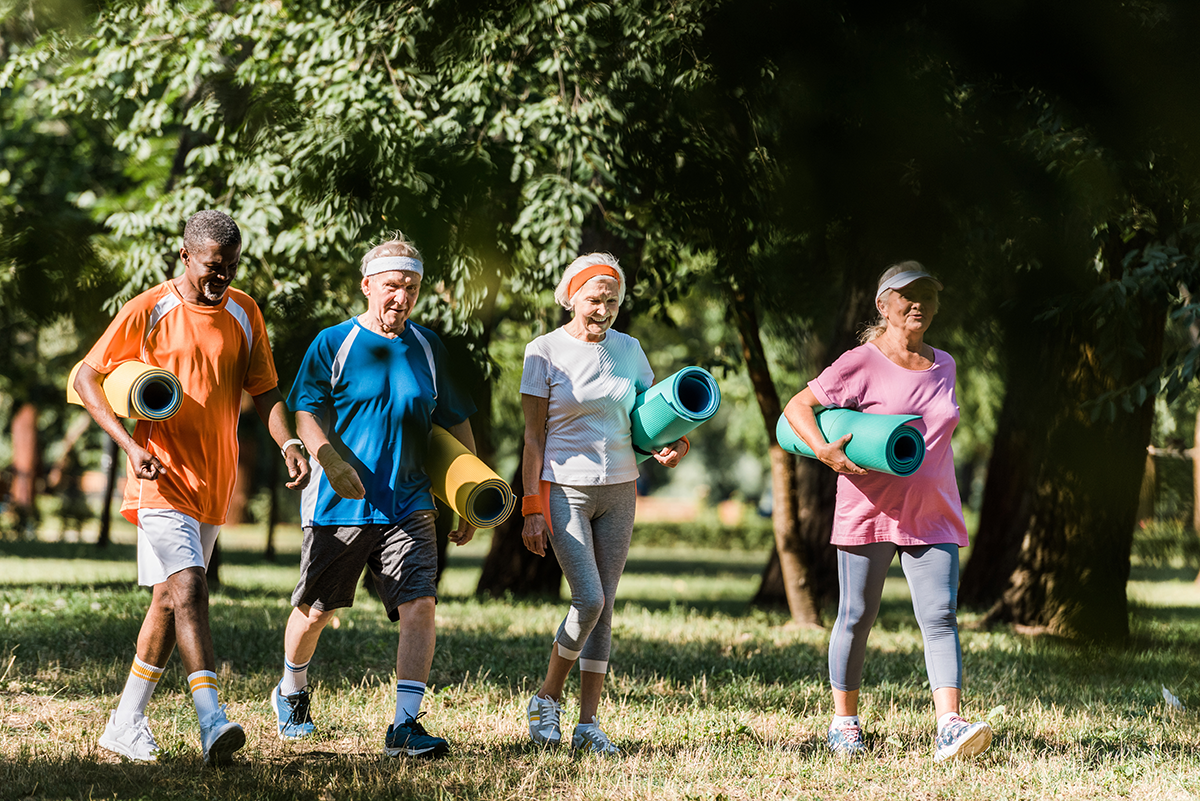 Healthy Lifestyle?
Healthy Lifestyle?
From a perspective of inflammation, what is a healthy lifestyle?
Exercise
Bottom line: Too much exercise in terms of intensity and duration is proven to increase oxidative stress. Yes, exercise and physical activity are a necessity for every aspect of health. Exercise has been proven to lower oxidative stress, cardiovascular risk, but the mechanisms of this are still being studied.
- It has been proven that starting “on an exercise program”, then quitting abruptly, increases OS.
- Nutrition plus exercise is far more effective in lowering OS, than exercise alone.
- Exercise has better control on lowering oxidative stress in people who have higher levels of CRP (inflammatory marker).
- Exhaustive and prolonged exercise promotes the generation of ROS, depletion of antioxidants and vitamins, induces oxidative stress, renal impairment and inflammation.
- Prolonged aerobic exercise is linked to dramatic increases in oxidative stress.
- Less studied thus far, intense hypertrophy training (heavy weight lifting) has been shown to increase oxidative stress. Muscle mass is imperative for healthy aging; balanced training is key.
More exercise in terms of duration and intensity could lose the beneficial effects of exercise. It is very important for those engaging in stressful exercise to support their antioxidant system. Passive exercise is a liberating and invigorating addition to our lives. We can benefit from adding some range of motion and stretching, emphasize our cool-downs, Qi Gong, meditation, and passive exercise.
Nutrient Restricting Diets
Our body needs a variety of amino acids to function efficiently. Bioavailability of these amino acids varies amongst food sources. We need to eat antioxidants to counteract oxidative stress.
Let’s look at some research on a few popular diets, with respect to oxidative stress
- Keto diet: Ketogenic diets have shown to increase inflammatory markers.
- Paleo diet: can be good in some respects by eliminating sugar, alcohol. If not done carefully Paleo-ers have been shown to be deficient in fiber and certain minerals and vitamins, which is hurtful to gut health, and yes pro-inflammatory.
- Vegan diets: Again, proceed with intense caution. Vegan diets tend to be very carb-heavy. Our grains are not what they used to be. Genetic modification and toxins abound, and our soil is not what it used to be as a source of minerals. Meat and dairy are rich in bioavailable amino acids, and of course, moderation is key.
- A 2018 study showed that long term diets excessively low, or high in carbohydrates are both linked with a shorter lifespan.
There is NO utopian diet. Examine lifestyle decisions from the perspective of inflammation. The scale is not the omnipotent indicator of health. We need to examine what we are identifying as our markers of health. Maybe our good intentions weaken our inner defenses. Be healthy and balanced. Balance is strength!
Shira Litwack has been in chronic care management and prevention for 30 years, specializing in lifestyle habits including holistic nutrition, medical fitness and oxidative stress reduction. She is frequently called upon by the media, has her own podcast bringing current research to the public.
She has created and provided oxidative stress assessments, to help clients identify potential health risks. From these, she provides guidance to lower inflammation.

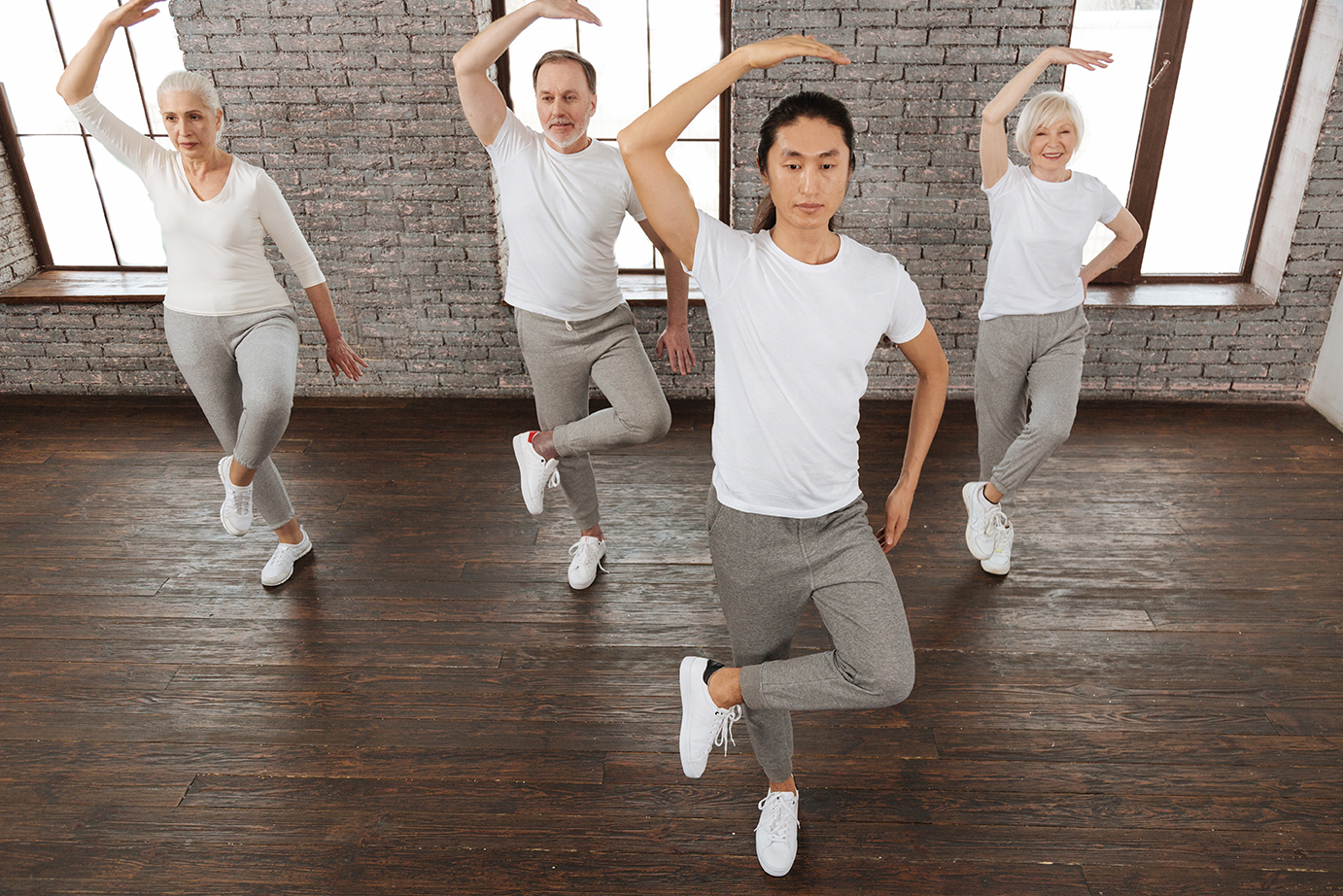
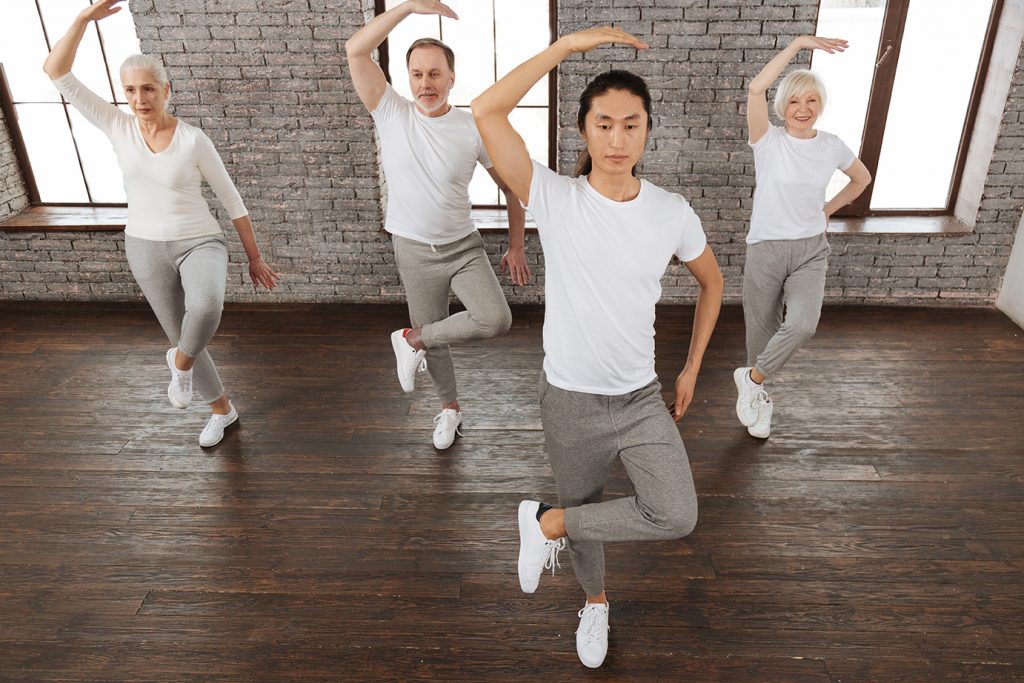 Balance and cognition are inextricably linked. Quantification of improvement in key performance indicators of cognition is directly related to precisely measured improvements in balance and postural stability. A thorough understanding of this relationship is paramount to the understanding of conditions related to cognitive impairment, leaning and behavioral struggles, brain injury, and so much more.
Balance and cognition are inextricably linked. Quantification of improvement in key performance indicators of cognition is directly related to precisely measured improvements in balance and postural stability. A thorough understanding of this relationship is paramount to the understanding of conditions related to cognitive impairment, leaning and behavioral struggles, brain injury, and so much more.
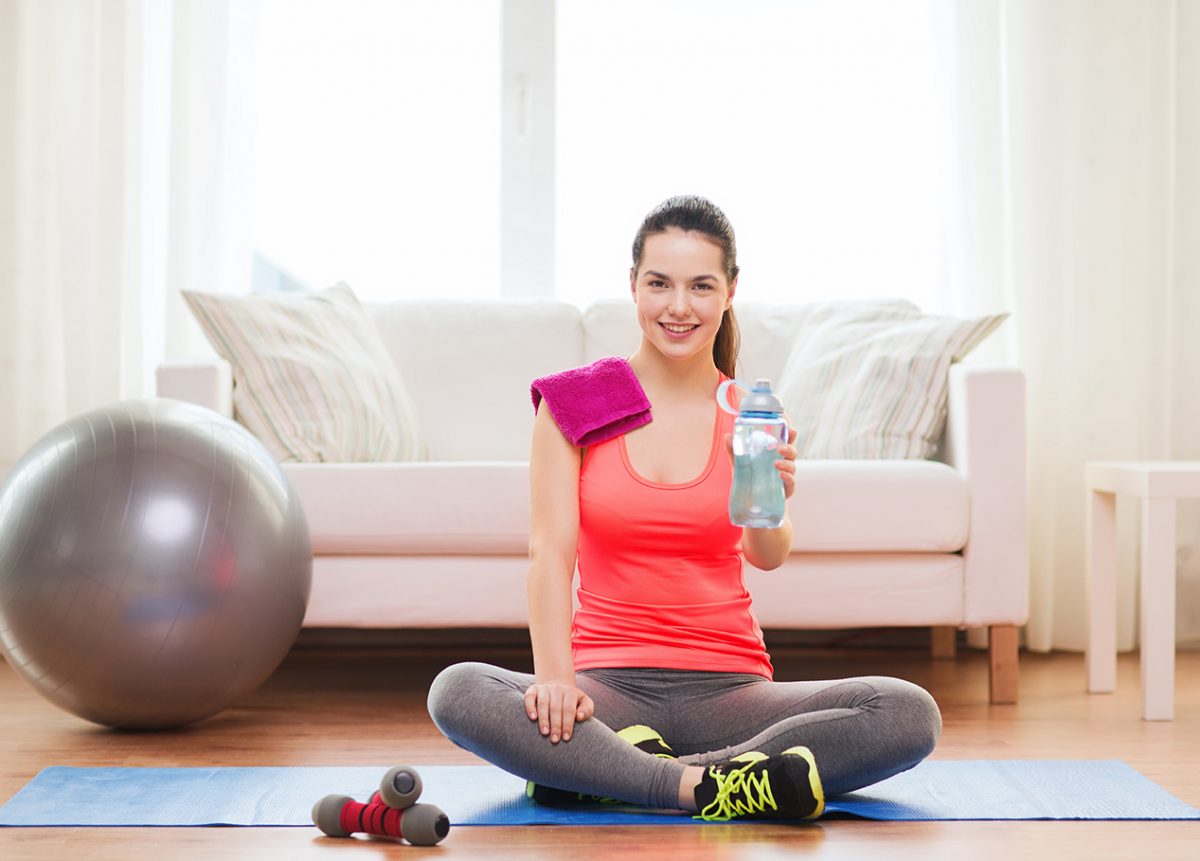
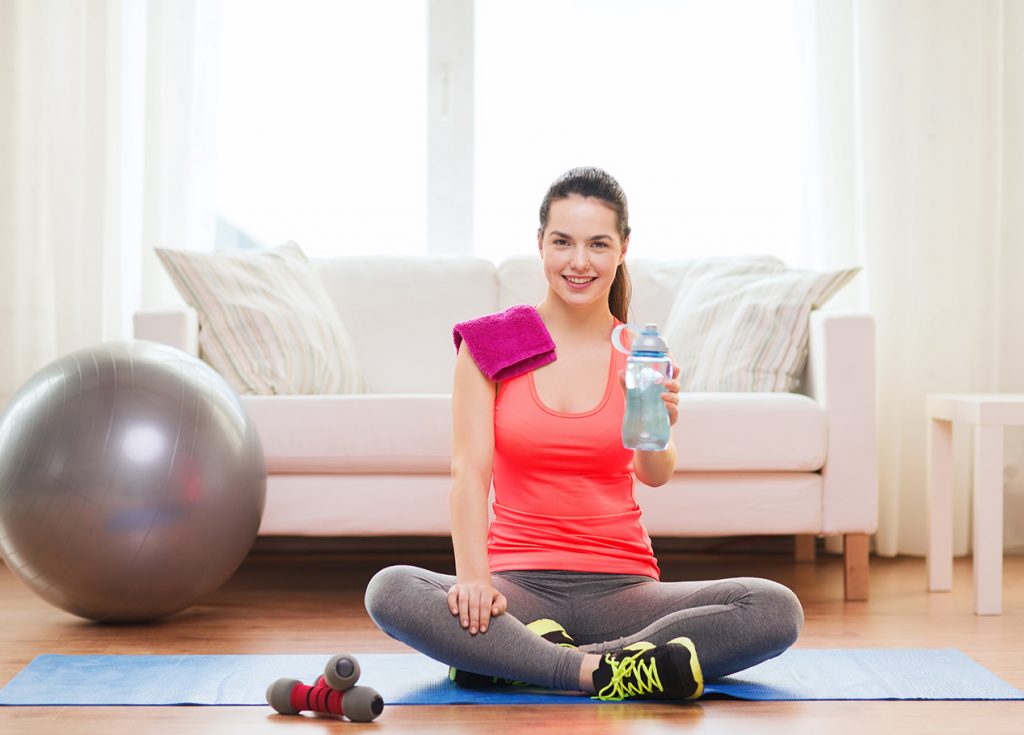 Many people are stuck at home for one reason or another think they can’t work on staying fit, but the truth is that you can get a stronger core and stay fitter without leaving home. You’d be amazed at how easy it is to get your fit on.
Many people are stuck at home for one reason or another think they can’t work on staying fit, but the truth is that you can get a stronger core and stay fitter without leaving home. You’d be amazed at how easy it is to get your fit on.
 Our challenge in the midst of a pandemic situation is how we distance from each other while remaining connected to each other. Yes, follow the CDC guidelines for social distancing. We can still greet each other with elbow bumps, and then go for a walk, a bike ride, a cruise in kayaks, etc., and continue to avoid the proximity that puts us at any risk. We can connect via phone and receive the nourishment of live, interactive conversation that texting and e-mail don’t quite match. We can climb on board a web-based platform such as Zoom and Skype where we are face-to-face for our conversation. We also have all sorts of apps such as Facetime, WeChat, and many more that allow us to have face-to-face interaction for live conversations.
Our challenge in the midst of a pandemic situation is how we distance from each other while remaining connected to each other. Yes, follow the CDC guidelines for social distancing. We can still greet each other with elbow bumps, and then go for a walk, a bike ride, a cruise in kayaks, etc., and continue to avoid the proximity that puts us at any risk. We can connect via phone and receive the nourishment of live, interactive conversation that texting and e-mail don’t quite match. We can climb on board a web-based platform such as Zoom and Skype where we are face-to-face for our conversation. We also have all sorts of apps such as Facetime, WeChat, and many more that allow us to have face-to-face interaction for live conversations.
